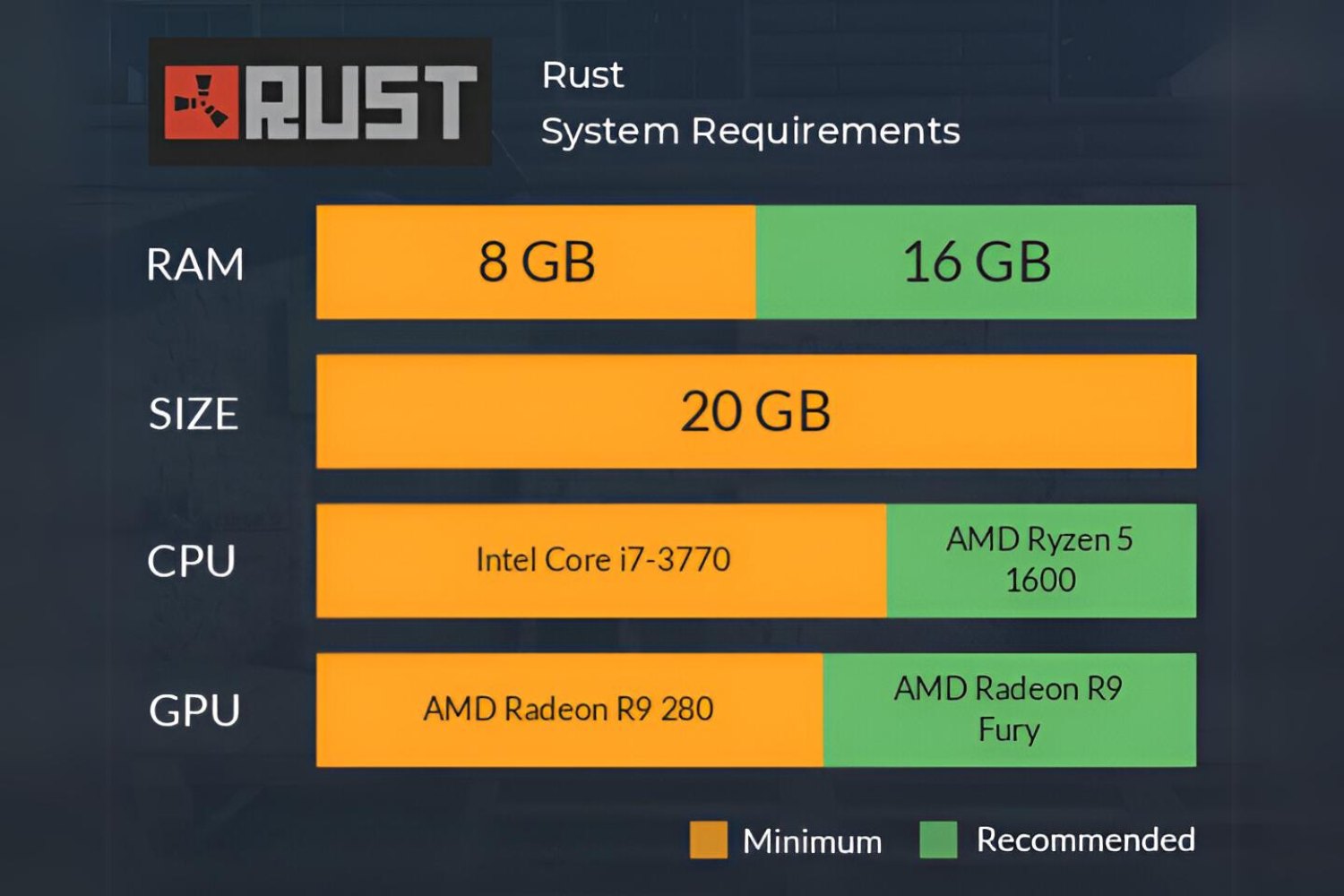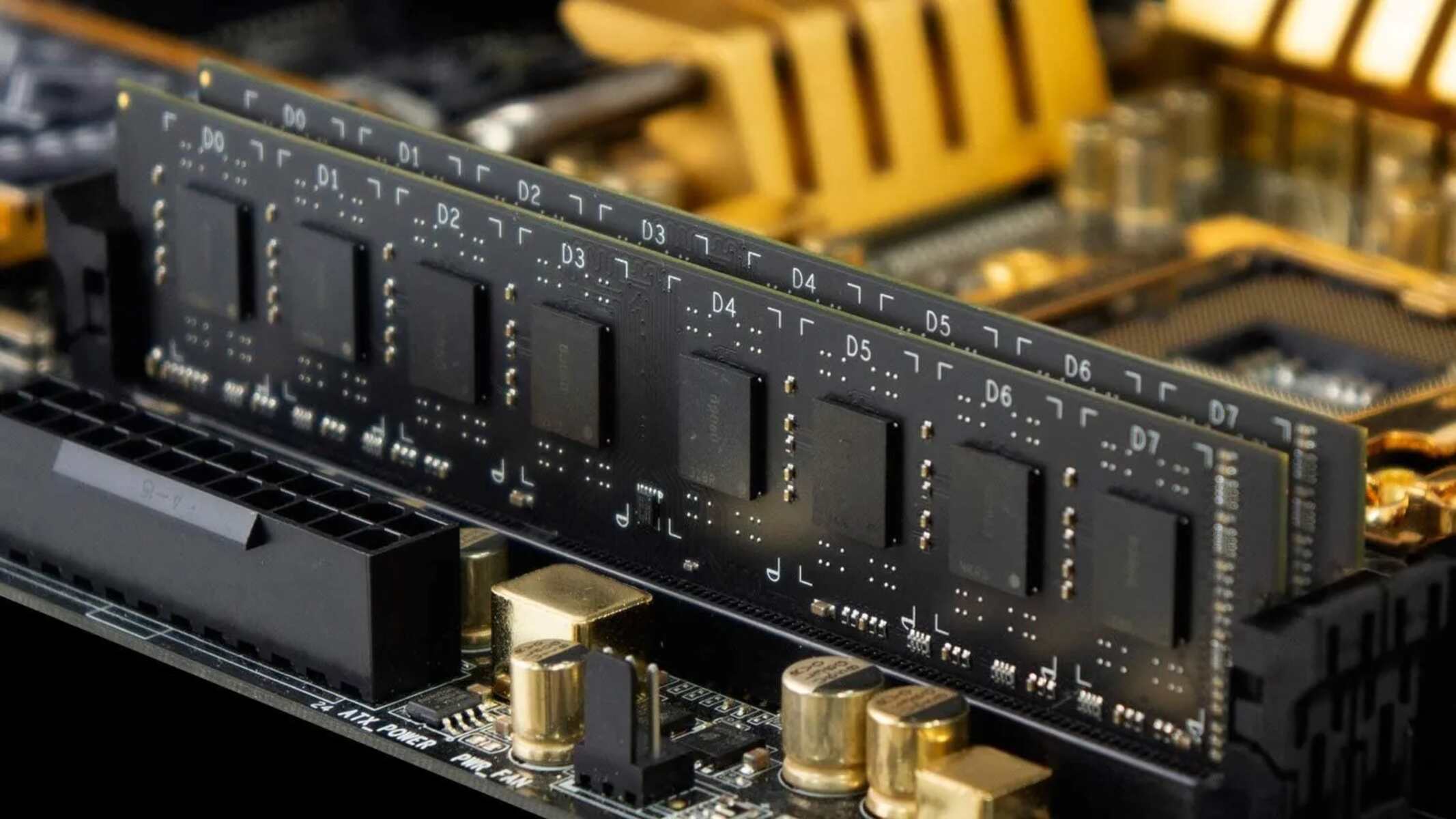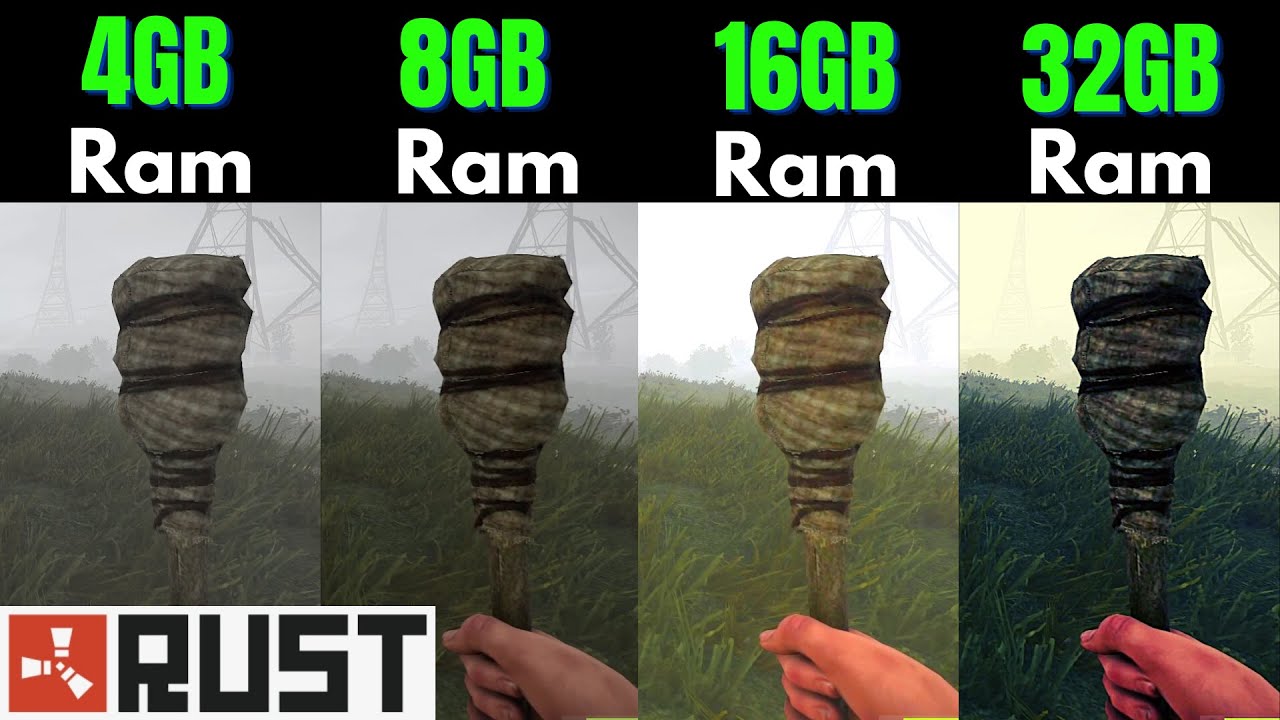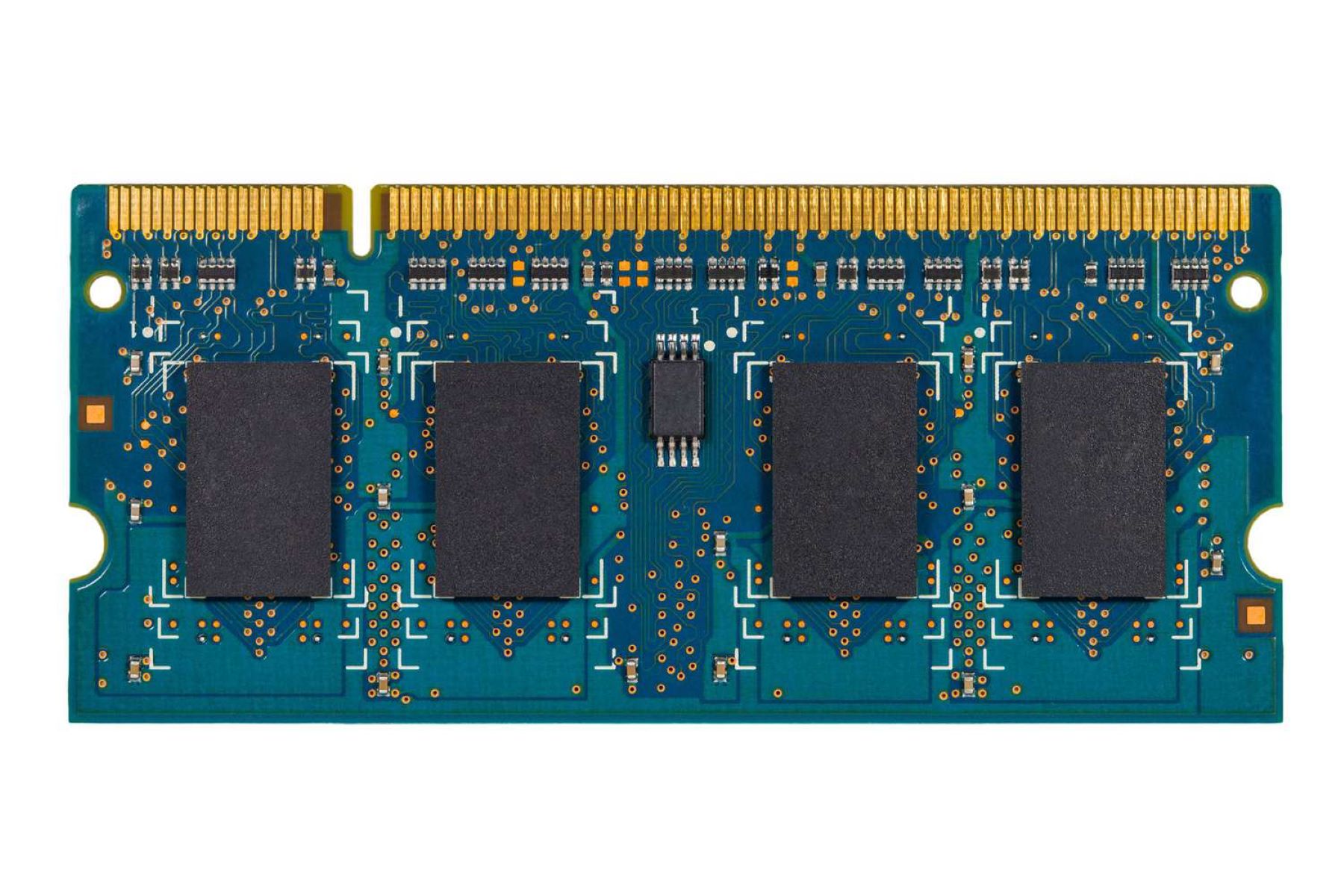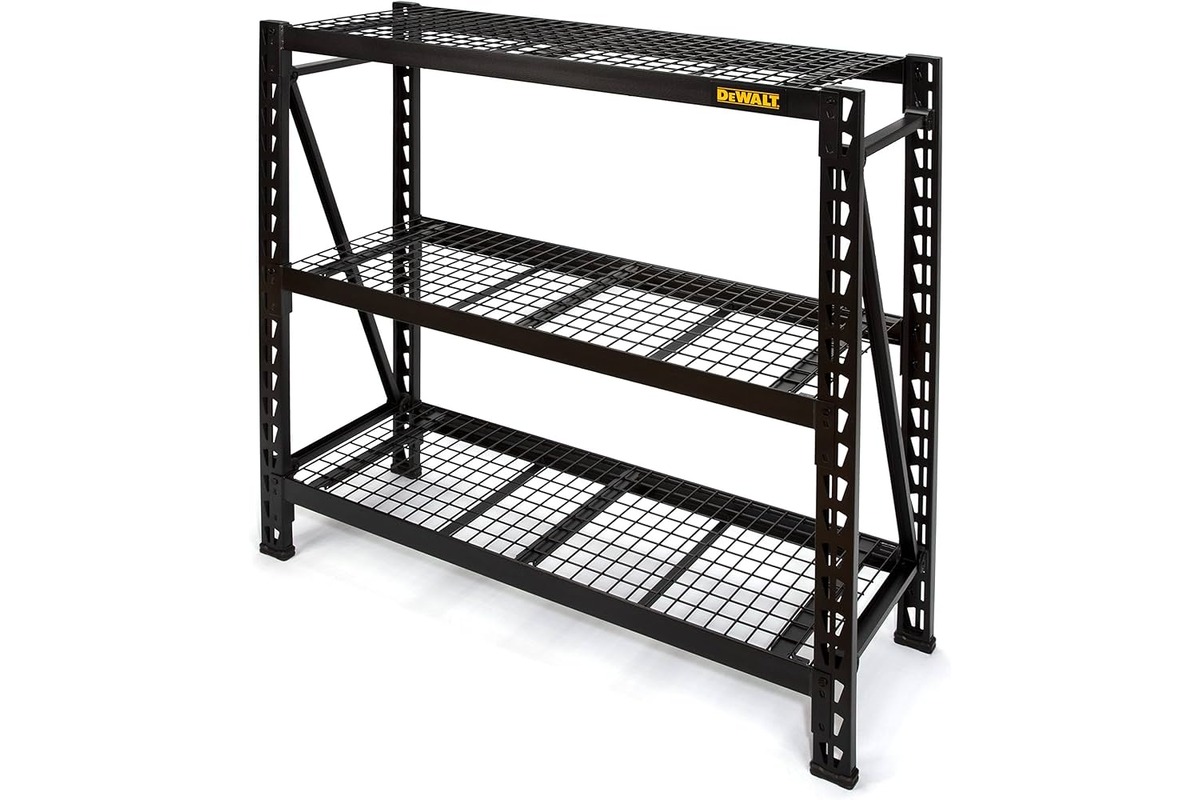Introduction
As one of the most popular programming languages in recent years, Rust offers a unique combination of performance, reliability, and memory safety. When developing applications in Rust, it is important to have a good understanding of its memory management and the amount of RAM that is necessary for smooth and efficient operations.
Rust adopts a strict ownership model for managing memory, which eliminates common pitfalls related to memory leaks and data races. This strong focus on memory safety allows developers to write high-quality software while minimizing the chance of crashes or security vulnerabilities.
When deciding how much RAM is needed for Rust development, several factors come into play, including the size and complexity of the project, the libraries and frameworks being utilized, and the specific tasks being performed. This article aims to provide a comprehensive overview of the RAM requirements for Rust development, considering both basic and advanced use cases.
Whether you are just starting with Rust or already have experience, understanding the factors that influence memory usage and the minimum and recommended RAM requirements will help you optimize your development environment and enhance the performance of your Rust applications.
Now, let’s delve deeper into Rust’s memory management and explore the key factors that affect its memory usage.
Understanding Rust’s Memory Management
In order to effectively manage memory, it is essential to understand how Rust handles memory allocation and deallocation. Rust utilizes a combination of static and dynamic memory management techniques to ensure both efficiency and safety.
One of the key features of Rust is its ownership system, which is designed to prevent common memory-related errors such as dangling pointers, data races, and memory leaks. The ownership system ensures that each piece of allocated memory has a single owner, and that ownership can be transferred or borrowed using the concepts of ownership, borrowing, and lifetimes.
When a variable goes out of scope, Rust automatically cleans up the associated memory by invoking the drop function. This eliminates the need for manual memory deallocation and greatly reduces the risk of memory leaks.
Rust also provides the ability to allocate memory dynamically using heap-allocated data structures such as Vec (dynamic arrays) and Box (smart pointers). These data structures allow for flexible memory allocation and deallocation, enabling developers to dynamically adjust the size of their data structures as needed.
Additionally, Rust offers a range of memory management features, such as reference counting, smart pointers, and arenas, which further extend its capabilities in managing memory efficiently.
It is worth noting that Rust’s memory management system comes at a cost – the compiler performs strict checks and enforces certain rules to ensure memory safety. These checks may introduce some programming overhead and require developers to explicitly handle ownership and borrowing, but they ultimately result in safer and more predictable code.
By understanding Rust’s memory management system, developers can write code that is both memory-efficient and free of common memory-related bugs. The next section will discuss the factors that can influence Rust’s memory usage.
Factors Affecting Rust’s Memory Usage
Rust’s memory usage can be influenced by several factors, ranging from the size and complexity of the codebase to the specific tasks being performed. Understanding these factors is crucial in estimating the amount of RAM required for your Rust development environment. Here are some key factors to consider:
- Codebase Size: The size of your Rust codebase directly affects the amount of memory required. Larger codebases with numerous modules, dependencies, and data structures will generally require more memory for compilation and execution.
- Complexity of Data Structures: The complexity of your data structures can also impact memory usage. Rust provides various data structures, each with different memory requirements. For example, if your code extensively uses dynamic arrays or hash maps, it will consume more memory compared to simpler data structures.
- External Libraries and Frameworks: If your Rust project relies on external libraries or frameworks, their memory usage can affect your overall memory requirements. Some libraries may have their own memory-intensive operations or dependencies, which can indirectly increase the memory usage of your code.
- Concurrency and Parallelism: Rust’s support for concurrent and parallel programming can impact memory usage. When using features like threads, async-await, or parallel processing, additional memory may be required to handle concurrent operations, shared memory, or synchronization primitives.
- Input Data Size: The size of the input data processed by your Rust code can also influence memory usage. If your code deals with large datasets or processes files with substantial memory requirements, you will need to allocate sufficient memory to handle the input efficiently.
- Resource Optimization: Rust allows developers to optimize memory usage through techniques like object pooling, caching, and lazy initialization. Careful consideration of these optimizations can help reduce the overall memory footprint of your code.
These factors, while not exhaustive, give you an idea of the variables that can affect Rust’s memory usage. It is important to analyze your specific use case and consider the trade-offs between memory efficiency and performance to determine the optimal amount of RAM required for your Rust development environment.
Minimum RAM Requirements for Basic Rust Development
When starting with basic Rust development, the minimum RAM requirements will depend on the size and complexity of your codebase and the tasks you are performing. While there is no definite minimum requirement, a general guideline to ensure smooth development is to have at least 4GB of RAM.
With 4GB of RAM, you should be able to comfortably compile and run small to medium-sized Rust projects and perform basic development tasks such as writing and debugging code, running unit tests, and executing simple benchmarks. This amount of RAM is sufficient for most beginners and small-scale projects.
However, it is crucial to remember that as your Rust codebase grows or you start working on more complex projects, the memory requirements will increase. Larger codebases, extensive use of external libraries, and memory-intensive operations will demand more RAM for efficient compilation and execution.
If you are working with small projects or exploring Rust’s features, you may be able to get by with less than 4GB of RAM. However, bear in mind that insufficient memory can cause performance issues, longer compilation times, and even crashes during development.
Therefore, it is recommended to assess your specific project requirements and allocate sufficient RAM to ensure a smooth and efficient development experience. Upgrading to 8GB or more of RAM is ideal for handling medium to large-sized Rust projects, allowing you to tackle more complex tasks and process larger datasets without major performance bottlenecks.
Keep in mind that these are general guidelines, and the actual memory requirements may vary depending on your specific project’s characteristics. Regularly monitor your system’s performance and adjust your RAM allocation accordingly to optimize your Rust development environment.
Recommended RAM for Advanced Rust Development
Advanced Rust development involves working on larger projects, utilizing complex data structures, and performing memory-intensive operations. To ensure efficient development and optimal performance, it is recommended to have a minimum of 8GB of RAM.
With 8GB of RAM, you will have ample memory for compiling and running medium to large-scale Rust projects. This increased memory capacity allows for smoother code execution, faster compilation times, and improved responsiveness during development.
As your Rust development becomes more advanced, you may encounter scenarios that require even more memory. For example, if you are working on projects with extensive concurrency, parallelism, or data processing, extra memory may be needed to accommodate the additional complexity.
When dealing with large datasets or conducting performance profiling and optimization, it is advisable to have 16GB or more of RAM. This provides sufficient headroom for processing and analyzing large amounts of data, as well as utilizing advanced performance profiling tools.
Furthermore, if your Rust projects heavily rely on external libraries or frameworks, the memory footprint can increase significantly. It is crucial to consider the memory requirements of these dependencies and allocate sufficient RAM accordingly.
Remember that having ample memory not only ensures smooth development but also allows for more efficient debugging, profiling, and testing. It enables you to run multiple instances of resource-intensive operations simultaneously without experiencing significant performance degradation.
It’s worth noting that while having more RAM can benefit advanced Rust development, it does not substitute for code optimization and efficient memory management. Utilizing Rust’s memory management features, optimizing data structures, and applying resource optimization techniques will further enhance the performance and responsiveness of your code.
In summary, for advanced Rust development, it is recommended to have a minimum of 8GB of RAM, with 16GB or more preferred for memory-intensive tasks and large-scale projects. Ensure that your RAM capacity aligns with the complexity of your codebase and the specific requirements of your advanced Rust development tasks.
Optimizing and Managing Rust’s Memory Usage
Optimizing and managing memory usage is essential for maximizing the efficiency and performance of your Rust code. By implementing best practices and utilizing Rust’s built-in features, you can optimize memory consumption and improve overall application performance. Here are some strategies for optimizing and managing Rust’s memory usage:
- Minimize Heap Allocations: Heap allocations can be expensive in terms of memory consumption and performance. Whenever possible, prefer stack-allocation or statically-sized arrays over dynamic allocation. Use data structures like
VecDequeinstead ofVecwhen working with queues or stacks. - Reuse and Recycle Objects: Instead of frequently creating and discarding objects, consider reusing and recycling them. Object pooling and caching can help reduce the number of heap allocations, improving both memory usage and execution speed.
- Use Iterators and Lazy Initialization: Leveraging Rust’s iterator functionality can help minimize memory usage by processing data lazily. Use iterator methods like
filter,map, andfoldto eliminate unnecessary intermediate data structures and reduce memory footprint. - Avoid Unnecessary Copies: Rust’s ownership system allows for efficient memory management, but unnecessary copies of data can still impact performance and memory usage. Utilize references, borrowing, and slice operations to work with data directly instead of making unnecessary copies.
- Profile Memory Usage: Rust provides tools for profiling memory usage, such as the
cargo +nightly build --profile alloccommand. Use these tools to identify memory hotspots and optimize bottlenecks in your code. - Keep Dependencies Updated: External libraries and frameworks may have performance optimizations and bug fixes that can improve memory usage. Regularly update your dependencies to benefit from these improvements.
Furthermore, it is crucial to follow best practices for memory safety, such as avoiding null pointers, ensuring proper lifetimes and ownership, and handling resource deallocation appropriately. Identifying and fixing memory leaks, dangling references, or other memory-related bugs early on can save memory and prevent potential issues down the line.
Remember that optimizing memory usage is a continuous process. As your codebase evolves and your requirements change, revisit your memory management strategies and make adjustments where necessary.
By implementing these optimization techniques, you can ensure efficient memory usage in your Rust applications, leading to improved performance, reduced overhead, and a smoother user experience.
Conclusion
Understanding and managing memory usage is crucial for effective Rust development. By considering the factors that influence memory consumption, developers can optimize their code and allocate sufficient RAM to ensure smooth execution and optimal performance.
Rust’s strict ownership model and memory management system provide a powerful framework for writing safe and efficient code. By leveraging features such as static and dynamic memory allocation, reference counting, and smart pointers, developers can enhance memory utilization and reduce the risk of memory-related bugs.
For basic Rust development, a minimum of 4GB of RAM is recommended, while advanced projects might require 8GB or more, depending on the size, complexity, and specific requirements of the codebase. It is important to allocate sufficient memory to avoid performance bottlenecks, crashes, and longer compilation times.
Optimizing and managing Rust’s memory usage is equally important. Strategies such as minimizing heap allocations, reusing objects, using iterators and lazy initialization, and avoiding unnecessary copies can greatly improve both memory efficiency and performance.
Additionally, regularly profiling memory usage, keeping dependencies updated, and following best practices for memory safety contribute to a cleaner and more efficient codebase.
In conclusion, by understanding Rust’s memory management principles, considering the specific requirements of your projects, and implementing optimization strategies, you can create high-performance Rust applications that utilize memory efficiently and deliver reliable and scalable solutions.







